
Rat Bait Station
Product Details:
- Type Other
- Material Plastic
- Feeding System No
- Click to View more
Rat Bait Station Price And Quantity
- 240 INR/Piece
- 10 Gram
Rat Bait Station Product Specifications
- Plastic
- No
- Other
Rat Bait Station Trade Information
- Cash Advance (CA), Cash in Advance (CID)
- Asia, Australia, Central America, North America, South America, Eastern Europe, Western Europe, Middle East, Africa
Product Description
Using a ral bait station in poultry farms is an essent al part of rodent control to protect poultry, feed, and equipment. Rodents can cause significant damage by contaminating feed, spreading diseases, and damaging infrastructure.
†Benefits in Poultry Farms:
1. Disease Control: Reduces the risk of diseases like Salmonella, E. coli, and Avian Influenza carmec by rodents
2. Feec Protection: Provents feed contamination and wastage caused by rodont activity.
3. Infrastructure Protection, Prollects electrical wiring, insulation, and other structures tem rodent camage.
4. Environmentally Safe: Tamper-resistant bart stations ensure the poison is not accessible to poultry or non-angel animals
†Guidelines for Effective Use:
Placement
1. Strategic Locations.
Along walis, near feed storage areas, under feeders, or where rodent activity is vis ble (e.g. droppings, tracks), Near rocent entry points ike cracks, doors, or drains.
2 Distanon Position bait stacions every 20-40 feet depending on the level of infestation
†Bait Selection:
Use anticoagulant rodenticides (like bromadiolone or difenacoum) commonly used for farms. Ensure the bait is secured insice the station to prevent spillage.
†Maintenance:
1. Check stations regularly (weekly during high activity, monthly otherwise).
2. Replace spoiled or consumed bait.
3. Clean and inspect stations for damage to ensure continued effectiveness.
†Key Features:
1 Tamper-Resistant Design Prevents access by non-target animals or children. 2. Durable Material: Made of weather-resistant plastic for outdoor and Indoor use.
3. Lockable Lid Recuires a specia key for opening, ensuring sarety.
4 Multiple Entry Points: Designed for rats to enter consume the bait, and ext.
5. Bait Securing Mechanism Holds the bait in place, preventing spillage.
†Types:
Reusable Stations. Can be refilled with bait as neeced.

Price:
- 50
- 100
- 200
- 250
- 500
- 1000+
 English
English Spanish
Spanish French
French German
German Italian
Italian Chinese (Simplified)
Chinese (Simplified) Japanese
Japanese Korean
Korean Arabic
Arabic Portuguese
Portuguese
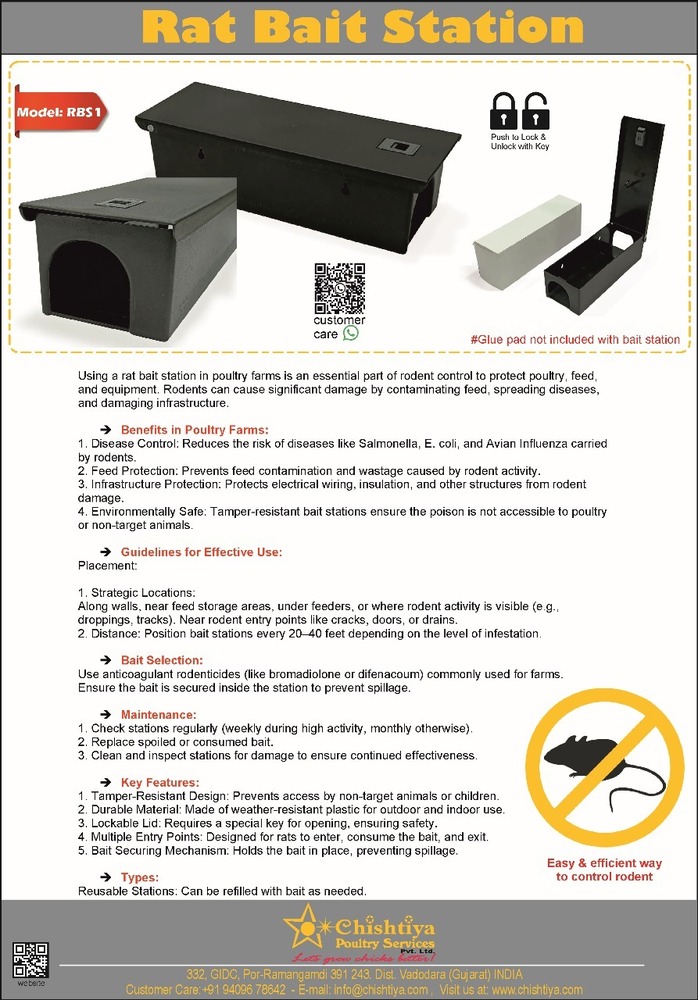

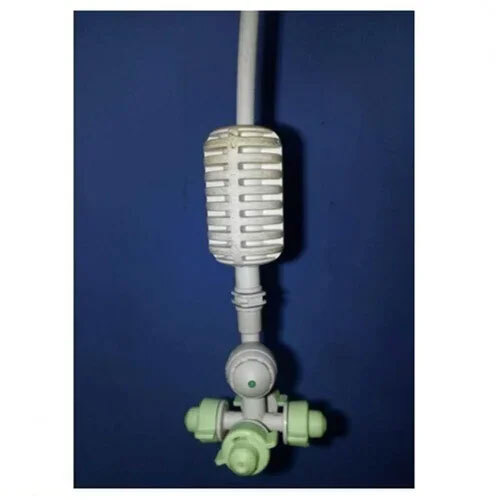
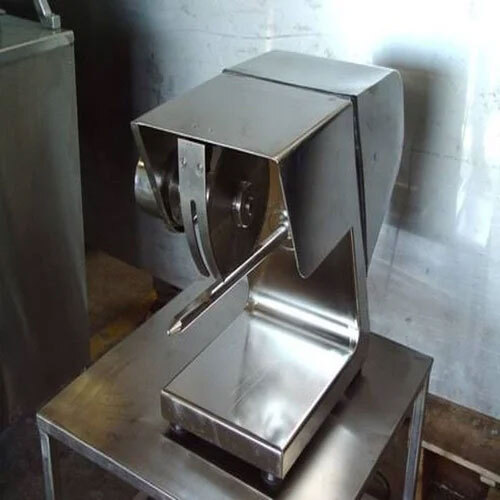
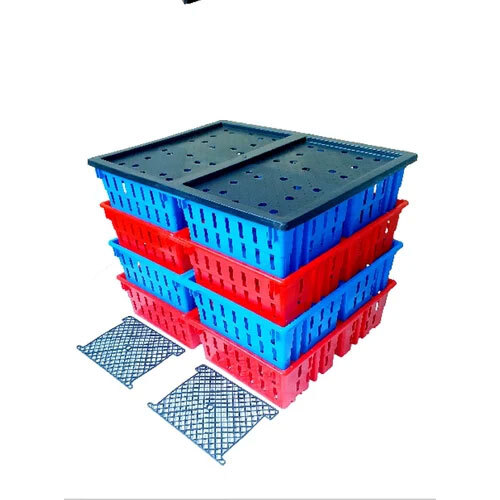
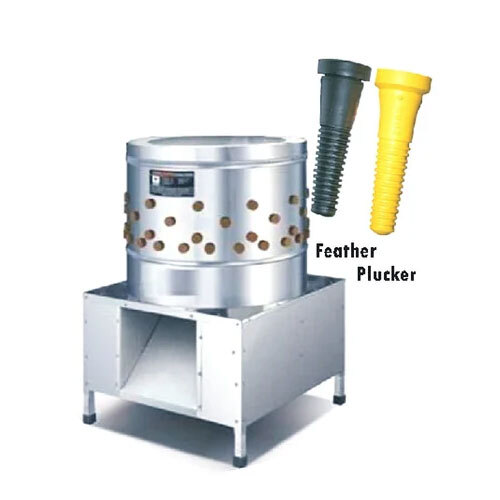
 Call Me Free
Call Me Free
